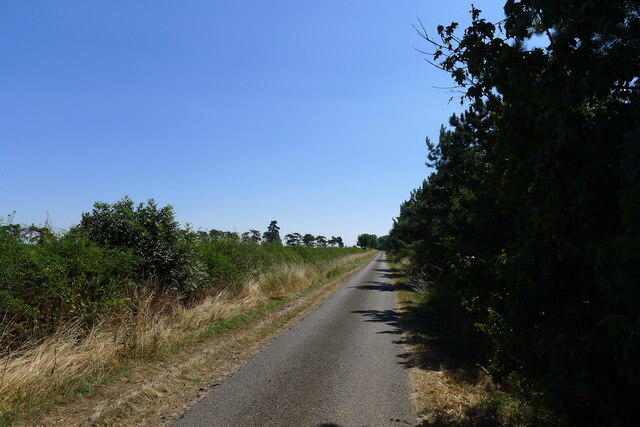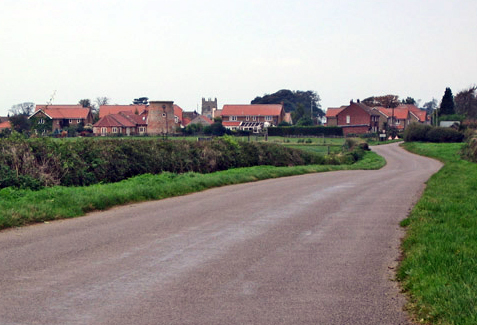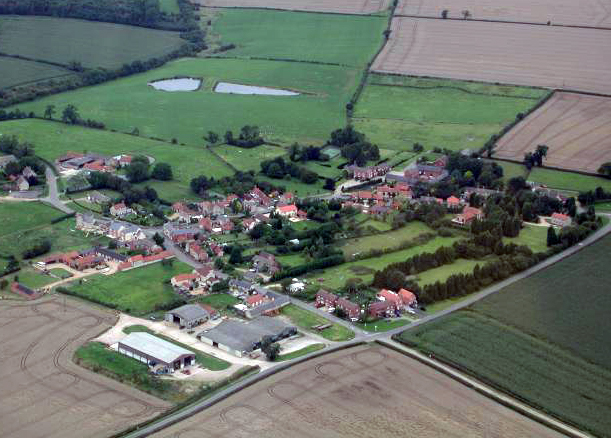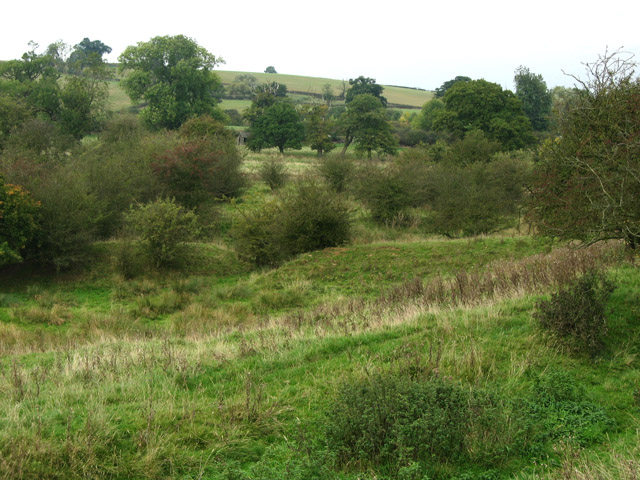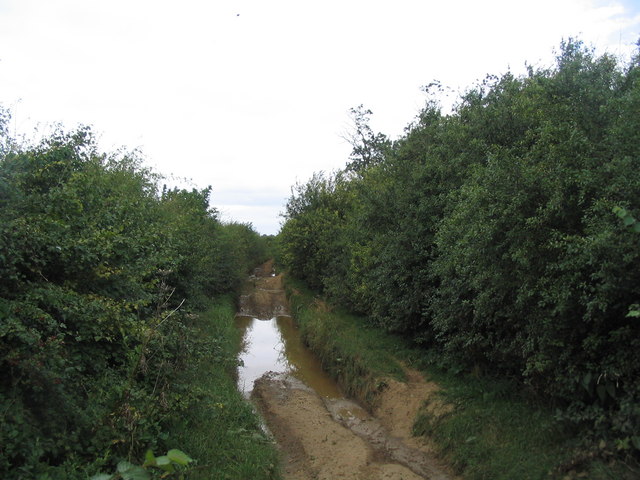Swallow Hole
Lake, Pool, Pond, Freshwater Marsh in Leicestershire Melton
England
Swallow Hole

Swallow Hole, located in Leicestershire, is a natural freshwater marsh encompassing a lake, pool, and pond. Situated in a serene and picturesque setting, this diverse ecosystem covers an area of approximately [insert size] and is home to a wide range of flora and fauna.
The lake at Swallow Hole is a prominent feature, its calm and pristine waters reflecting the surrounding lush vegetation. It serves as a primary water source for various aquatic organisms and provides an ideal habitat for numerous species of fish, including trout and perch. The lake is also a popular spot for fishing enthusiasts and nature enthusiasts alike, who can often be seen casting their lines or observing the local wildlife.
Adjacent to the lake lies a pool, a smaller body of water that offers a tranquil retreat for both animals and visitors. The pool is teeming with life, hosting a variety of amphibians, such as frogs and newts, as well as a plethora of aquatic plants that provide cover and sustenance for the resident wildlife.
Further into the marsh, a pond can be found, providing a habitat for an array of aquatic plants and invertebrates. This shallow water body is essential for the survival of many species, offering an ideal environment for insects, mollusks, and crustaceans. It also serves as a vital breeding ground for dragonflies and damselflies, which flit gracefully above the water's surface.
Overall, Swallow Hole in Leicestershire is a captivating fresh water marsh. Its combination of a lake, pool, and pond creates a diverse and thriving ecosystem that supports a wide range of plant and animal life. It is a haven for nature enthusiasts, providing an opportunity to witness the beauty and intricacy of this unique habitat.
If you have any feedback on the listing, please let us know in the comments section below.
Swallow Hole Images
Images are sourced within 2km of 52.839281/-0.75415698 or Grid Reference SK8427. Thanks to Geograph Open Source API. All images are credited.

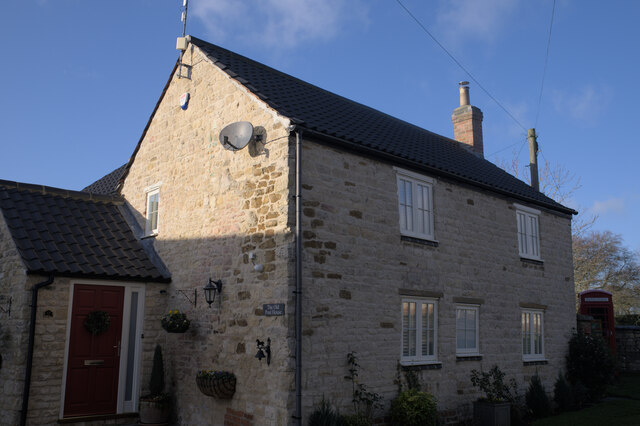










Swallow Hole is located at Grid Ref: SK8427 (Lat: 52.839281, Lng: -0.75415698)
Administrative County: Leicestershire
District: Melton
Police Authority: Leicestershire
What 3 Words
///overpaid.took.thrilled. Near Wymondham, Leicestershire
Nearby Locations
Related Wikis
Croxton Abbey
Croxton Abbey, near Croxton Kerrial, Leicestershire, was a Premonstratensian monastery founded by William I, Count of Boulogne. == History == Croxton Abbey...
Croxton Kerrial
Croxton Kerrial (pronounced [ˈkroʊsən ˈkɛrɨl]) is a village and civil parish in the Melton borough of Leicestershire, England, 6.6 miles (10.6 km) south...
Saltby
Saltby is a village and former civil parish, now in the parish of Sproxton, in the Melton borough of Leicestershire, England. It lies close to the River...
Croxton Park
Croxton Park is a 97.3-hectare (240-acre) biological Site of Special Scientific Interest south-west of Croxton Kerrial in Leicestershire.This medieval...
King Lud's Entrenchments and The Drift
King Lud's Entrenchments and The Drift is a 23.9 hectares (59 acres) biological Site of Special Scientific Interest which straddles the border between...
Bescaby
Bescaby is a hamlet, deserted medieval village and former civil parish, now in the parish of Sproxton, in the Melton district, in Leicestershire, England...
Buckminster Gliding Club
The Buckminster Gliding Club (BGC) is a gliding club based at Saltby Airfield on the Leicestershire / Lincolnshire border, England. It is affiliated with...
RAF Saltby
Royal Air Force Saltby or more simply RAF Saltby is a former Royal Air Force station located near Saltby, Leicestershire, England The following units were...
Nearby Amenities
Located within 500m of 52.839281,-0.75415698Have you been to Swallow Hole?
Leave your review of Swallow Hole below (or comments, questions and feedback).





